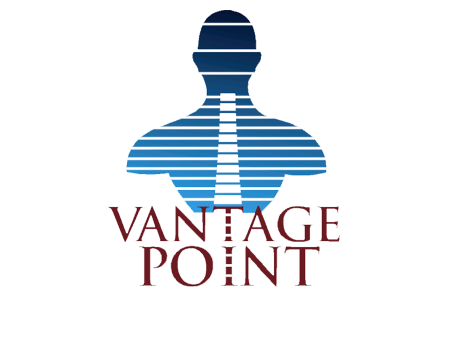The Extreme Pain of Wry Neck
Originally posted by the Alberta College and Association of Chiropractors
The first time you experience Wry neck, you immediately know something is wrong.
Even the smallest movement is excruciatingly painful. You aren’t able to turn your head without pain. You may feel like you’re not even able to get out of bed without help if you wake up with Wry neck.
If you’re on this blog because you have an acute Wry neck, don’t worry. Take a breath, however deep your body will allow, and read on.
What is Wry neck and how did this happen to me?
Wry neck is an onset of severe neck pain. Most cases are acute, meaning the onset is sudden. The pain is usually felt between the base of the skull and the top of the shoulders, and is usually worse on one side.
Patients with Wry neck will also likely experience:
- muscle spasms in the neck and upper back
- inability to turn the neck from side to side
- head tilt to favour the side that is most affected
- headache
There are a few reasons for why you may be experiencing an acute Wry neck.
- You experienced an injury to your neck
- You may have poor posture or have held your neck in one position for too long
- You were lifting something heavy
- There was a sudden or quick movement that caused the muscles in your neck to react
- You may have slept in an awkward position
- You recently had a deep tissue, therapeutic massage
Unfortunately sometimes there is no known cause or reason.
How do you treat Wry neck?
The good news about an acute case of Wry neck is that it will likely improve over 48 hours of onset.
For those 48 hours, limit your movement and use a heat pack for 20 minutes every couple of hours to help your muscles relax.
Often taking some of the pressure off your neck will help as well. Try using a travel pillow or a rolled up towel around your neck to provide some added stability.
Can chiropractic help?
With Wry neck, your muscles will be hypersensitive and the pain will likely mean an adjustment will not be possible. Your chiropractor may be able to help by providing some light trigger point therapy or active release therapy; and additionally may be able to provide some release using ultrasound on the affected areas.
Posted on: March 1, 2016Alberta College and Association of Chiropractors